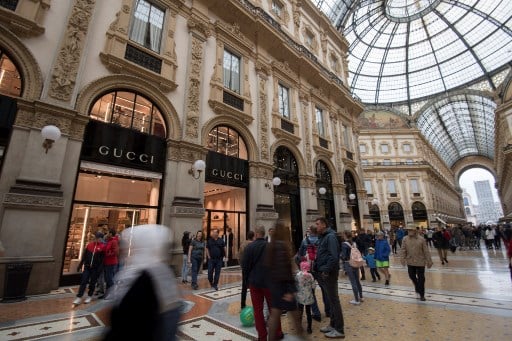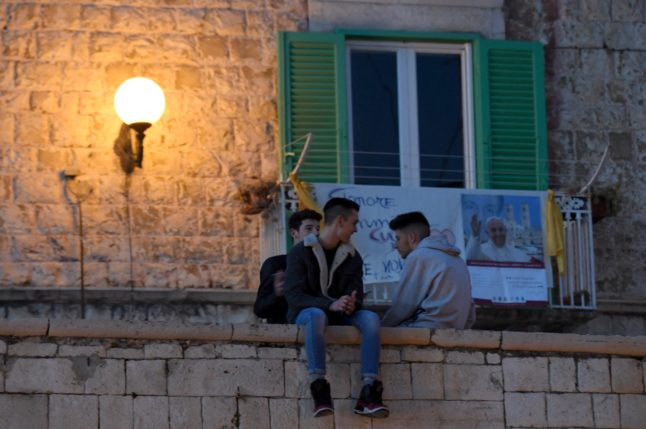EU countries are on Friday planning a third round of economic sanctions against Russia in response to the invasion of Ukraine on Thursday.
Italian Prime Minister Mario Draghi has repeatedly said that Italy is “fully aligned” with its European partners on the issue, pledging a “very tough package of sanctions against Russia” in a speech to the national parliament on Friday.
EXPLAINED: How Italy could be impacted by Russia’s invasion of Ukraine
But Italy may have also been pushing to keep its lucrative trade in luxury goods out of the discussions – at least according to some reports in the UK and US media.
Belgian officials also reportedly wanted an exception for the diamond trade on any list of sanctions.
The UK’s Telegraph newspaper on Friday cited unnamed sources in Brussels as saying Draghi had “carved out” an exclusion for Italian luxury goods from the package.
The Italian government appeared to refute the reports hours later, with a tweet from the Prime Minister’s office in English saying: “Italy has made no requests for carve-outs on sanctions. Italy’s position is fully aligned with the rest of the EU.”
Italy has made no requests for carve-outs on #sanctions. Italy’s position is fully aligned with the rest of the EU. #Ukraine
— Palazzo_Chigi (@Palazzo_Chigi) February 25, 2022
Italy and other European nations were heavily criticised on Thursday for blocking some of the toughest sanctions including a proposal to cut Russia off from the SWIFT international payments system.
Former European Council President Donald Tusk hit out at Italy, Germany, and Hungary on Friday, saying some EU governments had “disgraced themselves” by blocking “tough decisions”.
EU leaders reportedly struggled to unite due to fears about how the sanctions would impact their own economies, with many reliant on Russian gas exports.
This is particularly true for Germany and Italy, the two European countries who import the most Russian gas.
Italy has historically had a closer relationship with Russia than many other European countries, with business relationships reaching beyond energy supply.
OPINION: This is Russia’s war, but we Europeans need to learn fast from our mistakes
There are around 300 Italian companies doing business with Moscow, reports Italy’s Sky TG24 news.
Russia is a major market for Italian luxury fashion goods, with exports of Italian brands including Moncler, Brunello Cucinelli, Ferragamo and Tod’s worth €1.3 billion in the first 11 months of 2021 alone, according to data from the Italian Trade and Investment Energy Agency.
In the same timeframe, the total trade between Russia and Italy amounted to about €20 billion.



 Please whitelist us to continue reading.
Please whitelist us to continue reading.
Not intelligent! Others will “sanction” Italy’s luxury brands in protest. Net loss to Italy which is otherwise a decent country.